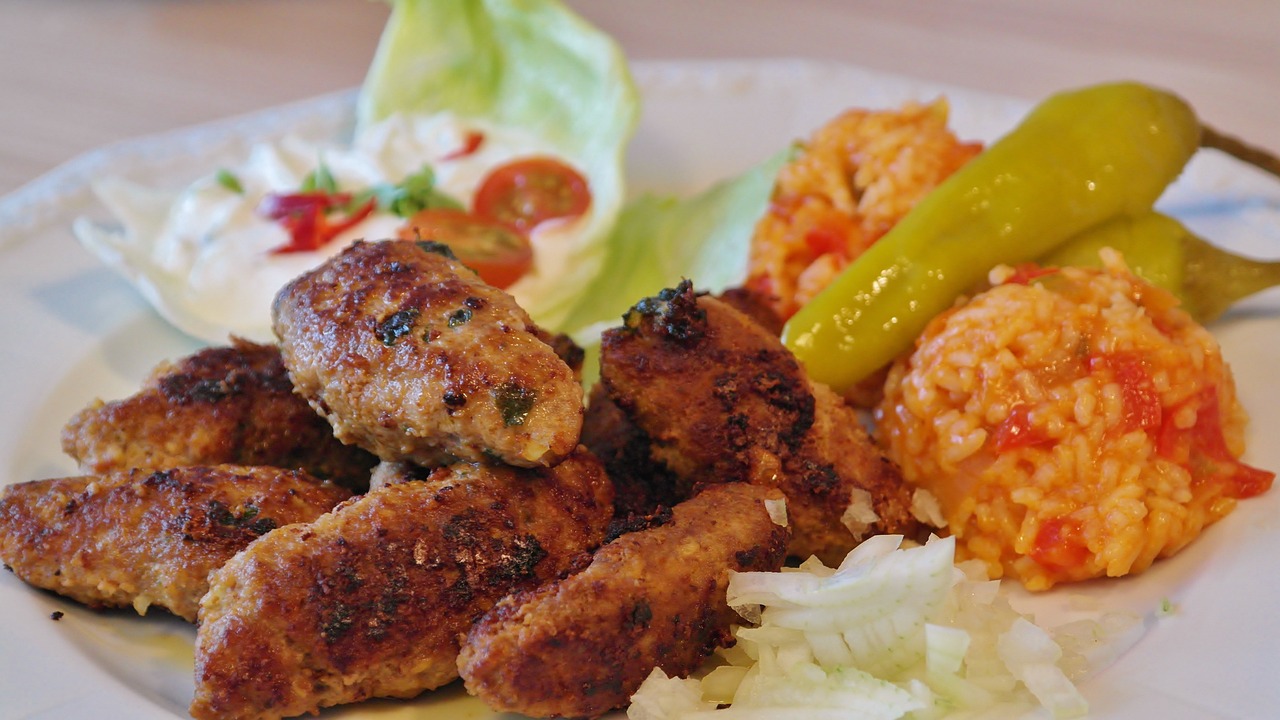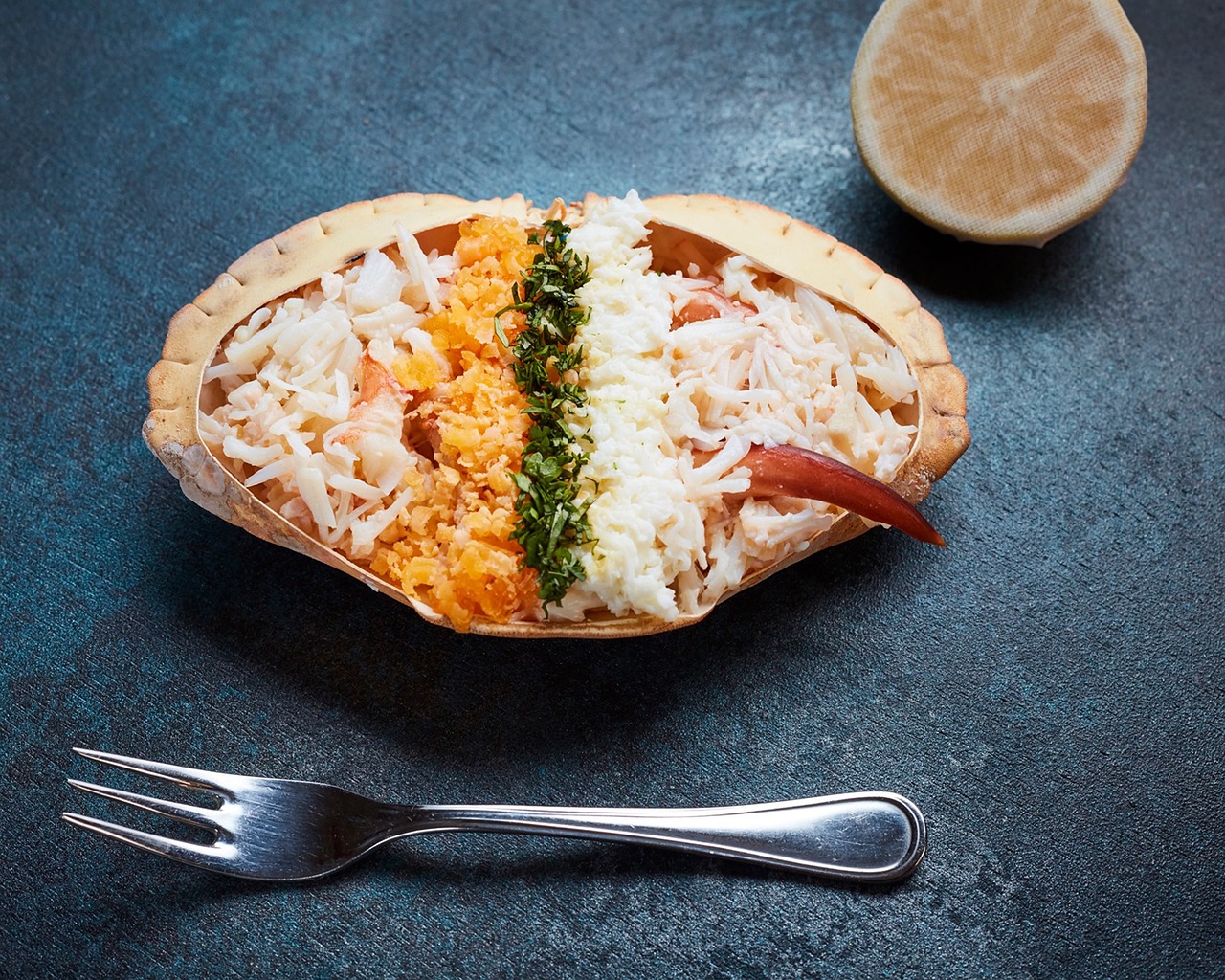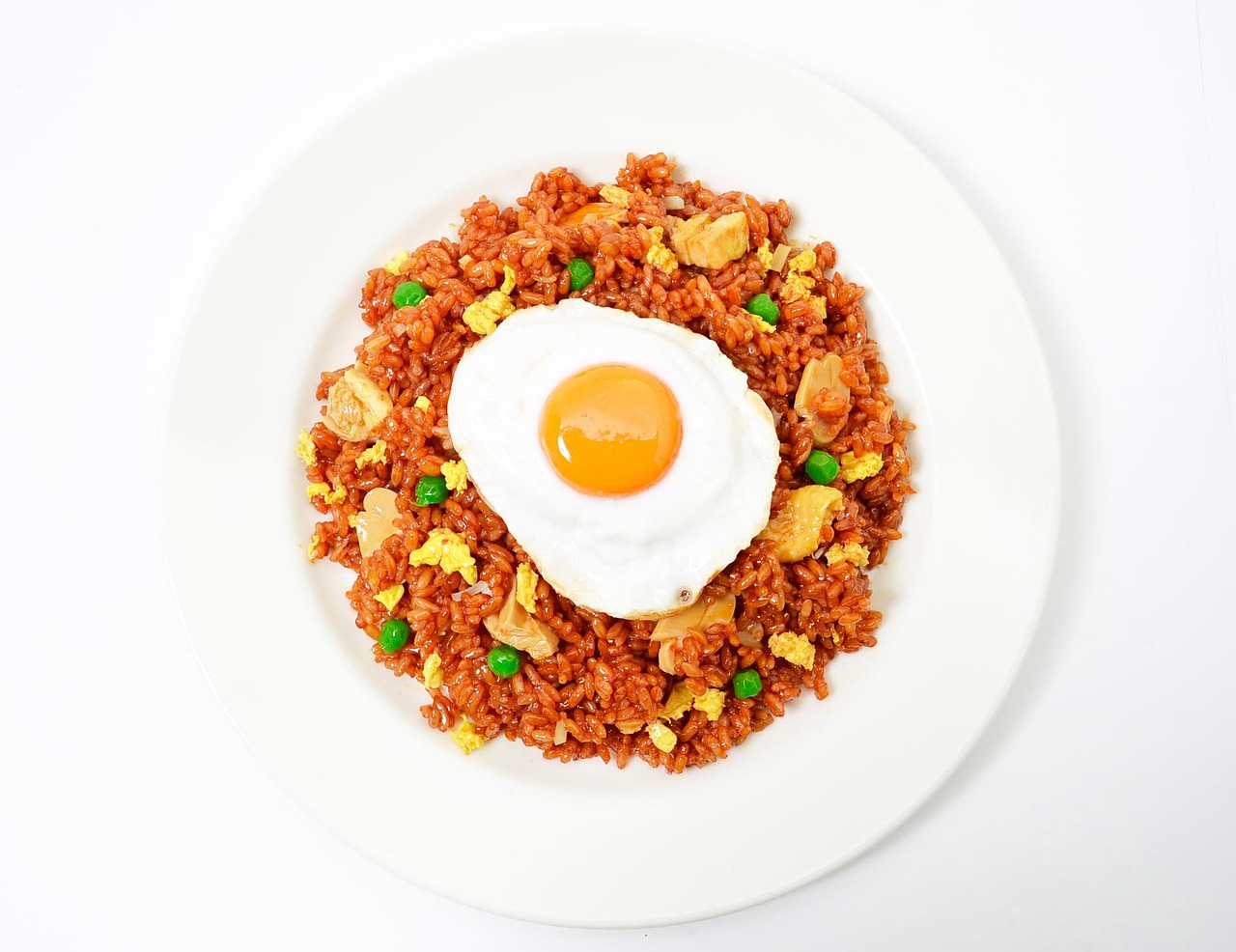Fried Rice: Classic Chinese Dish with Rice, Vegetables, and Protein

Fried rice is a beloved classic in Chinese cuisine that combines the simplicity of rice with the vibrancy of vegetables and the heartiness of protein. This dish is a delightful medley of flavors and textures, offering a satisfying and versatile meal option for any occasion. Whether enjoyed as a standalone dish or as a side to complement other Chinese delicacies, fried rice never fails to impress with its delicious aroma and taste.
History of Fried Rice
When exploring the fascinating history of fried rice, we are taken on a culinary journey back to ancient China, where this beloved dish originated. Legend has it that fried rice was born out of necessity, as a clever way to repurpose leftover rice into a delicious and satisfying meal. The resourceful nature of Chinese cooks led to the creation of this simple yet flavorful dish that has stood the test of time.
One of the earliest known mentions of fried rice dates back to the Sui dynasty (589-618 AD) in China. Over the centuries, fried rice has evolved and adapted to suit different tastes and preferences, becoming a staple not only in Chinese cuisine but also in various culinary traditions around the world. This evolution speaks to the enduring popularity and versatility of fried rice as a dish that can be enjoyed in countless ways.
To truly appreciate the history of fried rice is to understand its cultural significance. It has transcended its humble beginnings to become a symbol of resourcefulness and innovation in the kitchen. The art of creating fried rice has been passed down through generations, with each cook adding their own unique touch to the dish, resulting in a rich tapestry of flavors and techniques.
Ingredients Used in Fried Rice
When it comes to creating a delicious serving of fried rice, the key lies in the selection of quality ingredients that come together to form a harmonious blend of flavors and textures. Let's delve into the essential components that make up this beloved Chinese dish:
Rice: At the heart of every fried rice recipe is, of course, the rice itself. Typically, long-grain white rice is used for its ability to maintain a firm texture when stir-fried, creating the perfect base for the dish.
Vegetables: A medley of vegetables adds color, nutrition, and crunch to fried rice. Common choices include vibrant peas, diced carrots, crisp bell peppers, and tender onions. These vegetables not only enhance the visual appeal of the dish but also contribute to its overall taste profile.
Protein Sources: To elevate the nutritional value and satiety of fried rice, protein sources such as diced chicken, succulent shrimp, or thinly sliced beef are often included. These protein elements not only add substance to the dish but also offer a variety of flavors to tantalize your taste buds.
Seasonings: The magic of fried rice lies in the harmonious blend of seasonings that bring depth and complexity to every bite. Essential seasonings like soy sauce, oyster sauce, sesame oil, and a hint of garlic or ginger are commonly used to infuse the dish with umami richness and aromatic notes.
By carefully selecting and combining these key ingredients, you can create a delectable serving of fried rice that is sure to impress your taste buds and satisfy your cravings for a flavorful and fulfilling meal.
Variations of Fried Rice
When it comes to variations of fried rice, the possibilities are endless, offering a delightful array of flavors and ingredients to suit every palate. Let's dive into the world of diverse fried rice creations that showcase the culinary creativity of different regions and cultures.
1. Classic Chinese-Style Fried Rice: This traditional version typically includes cooked rice stir-fried with a mix of vegetables such as peas, carrots, and green onions, along with protein like diced chicken, shrimp, or pork. The seasoning often consists of soy sauce, sesame oil, and a hint of garlic, creating a harmonious blend of savory flavors.
2. Thai Pineapple Fried Rice: A tropical twist on the classic dish, Thai pineapple fried rice features chunks of juicy pineapple, cashews, and raisins mixed with fragrant jasmine rice. The sweet and savory combination, enhanced by curry powder and fish sauce, provides a burst of exotic flavors in every bite.
3. Indonesian Nasi Goreng: Nasi Goreng is Indonesia's take on fried rice, typically cooked with kecap manis (sweet soy sauce), shallots, garlic, and chili peppers for a spicy kick. It is often served with a fried egg on top and accompanied by prawn crackers for added crunch.
4. Japanese Yakimeshi: In Japan, Yakimeshi is a popular fried rice dish made with short-grain Japonica rice, mixed with vegetables like peas, corn, and carrots, along with protein options such as pork, beef, or tofu. The seasoning includes soy sauce and mirin, giving it a subtly sweet and umami-rich flavor profile.
5. Korean Kimchi Fried Rice: Kimchi fried rice combines the tangy and spicy flavors of fermented kimchi with rice, creating a vibrant and zesty dish that is often topped with a fried egg and toasted sesame seeds. The addition of gochujang (Korean chili paste) adds an extra depth of flavor to this fiery variation.
These are just a few examples of the diverse fried rice variations you can find around the world, each offering a unique twist on this beloved dish. Whether you prefer it classic and simple or loaded with bold flavors, there is a fried rice variation out there to satisfy every craving.
Health Benefits of Fried Rice
When it comes to the health benefits of fried rice, it's important to consider the nutritional value it can offer when prepared with the right ingredients. While fried rice is often perceived as a dish high in carbs and fats, it can actually be a balanced meal when made with a variety of nutritious components.
One of the key advantages of fried rice is its ability to incorporate a mix of essential food groups in one dish. By including vegetables such as peas, carrots, and bell peppers, fried rice becomes a source of vitamins, minerals, and dietary fiber. These vegetables not only add color and flavor but also contribute to the overall nutritional profile of the meal.
Protein is another crucial element in fried rice, typically coming from sources like chicken, shrimp, or tofu. Protein is essential for muscle repair and growth, as well as overall body function. By including a protein source in fried rice, you can create a more balanced and satisfying meal that keeps you full for longer periods.
Moreover, the seasonings used in fried rice, such as soy sauce, garlic, ginger, and sesame oil, not only enhance the taste but also offer potential health benefits. For example, garlic and ginger are known for their anti-inflammatory and immune-boosting properties, while sesame oil provides healthy fats and antioxidants.
When prepared mindfully, fried rice can be a wholesome and nourishing meal option that satisfies both your taste buds and your body's nutritional needs. By controlling portion sizes and choosing high-quality ingredients, you can enjoy the flavors and textures of this classic Chinese dish while reaping its health benefits.



 HazalVardal
HazalVardal 





